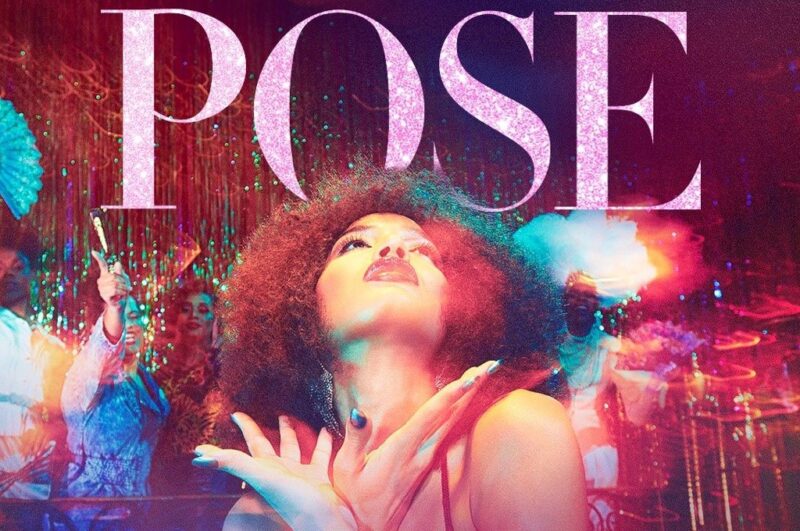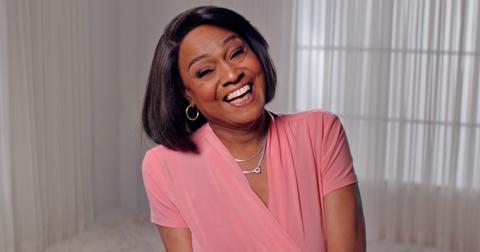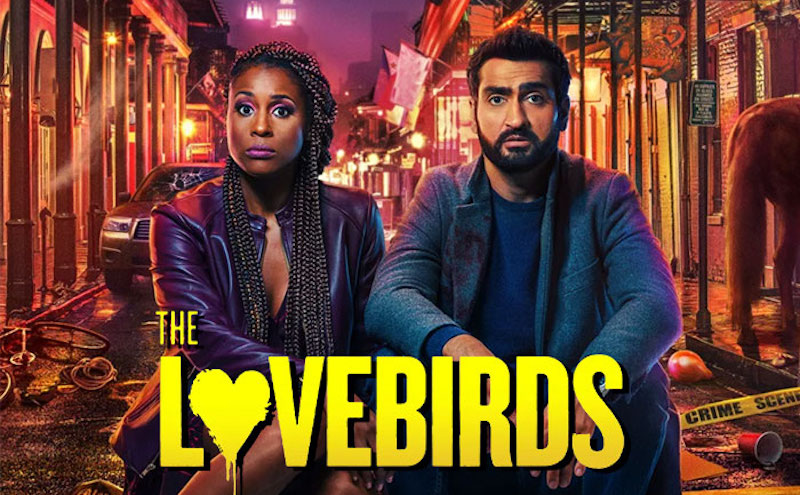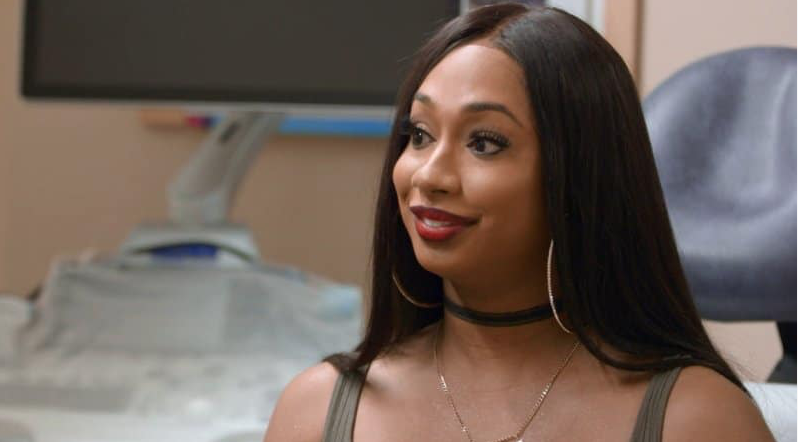If you’ve ever wanted to know why representation means so much to the trans community, pull up a chair and watch the Netflix film, Disclosure.
In honour of Pride Month, Netflix is running a number of movies, shows and documentaries that shine a light on the LGBTQ community, one of which is its latest documentary film, Disclosure.
Sam Feder directed and produced the social and cultural documentary, which is also part of Netflix’s Black Lives Matter Collection.
Watching the documentary film felt a lot like sitting at my kitchen table with a friend who just happens to be an extraordinary storyteller. There was a stillness, intimacy and familiarity that I rarely experience while watching documentaries.
The near two-hour film features heartfelt commentary from leading trans creatives and activists, including Candis Cayne, Laverne Cox, Angelica Ross, Sandra Caldwell and Jen Richards who walk us through their lives and what it was like when they were growing up without positive influences.
Interestingly, viewers were treated to extensive interviews from trans men like Brian Michael Smith, Michael D. Cohen, Elliot Fletcher and Ser Anzoategui who admit they don’t often get the same level of exposure as their female counterparts.
During the 1 hour, 47 minute film, we see archived footage of films and TV shows that depict the trans community in a less than favourable light, or as one trans woman put it, “refracted through other people’s prisms.”
When they’re not being treated like deranged and violent criminals or psychopaths like Buffalo Bill in Silence of the Lambs , they are treated like circus oddities – a thing to be prodded, scrutinized and made fun of.
I cringed every time I watched old interviews of hosts asking their trans guest – particularly trans women – what they did with their private parts.
While I certainly understand the curiosity, we all know it’s a rather disrespectful question. Imagine being interviewed on national television before a room full of strangers and someone asks you about your nether region.
Without accurate representations in the media about what the trans community goes through, we will continue to perpetuate stereotypes about a group of people who are simply misunderstood.
Ever since I first started watching FX’s breakout hit show, POSE last year, I have been interested in the stories of trans men and women. POSE was created by Ryan Murphy, Brad Falchuk and Steven Canals, and features the largest trans cast in TV history.
The series handles its stories with such dignity, compassion and grace that it is incredibly difficult to tear your eyes away from the screen. I love the way the writers humanize the characters and I often find myself crying during scenes.
Had I not watched POSE I may not have watched Disclosure.

Images That Are Hurtful
I remember watching one of Maury Povich’s highest rated shows, “Is It A Man Or A Woman.” In the episode, Maury featured trans women on the stage and asked audience members to guess whether they were men or women.
I’d be lying if I said I didn’t engage with the show, that I didn’t scrutinize each person’s facial features or their bodies and yell out my answer to a television set that could not respond.
Back then, I viewed it as exciting entertainment. It was never done in malice. But, in retrospect, I can only imagine how humiliating that moment must have been – not just for the individuals participating on the show, but for those at home looking for some representation of themselves and seeing those images.
Candis Cayne, who provided quite a bit of comic relief during the documentary, recounted the many times she appeared on cop dramas as a trans woman. In between laughs, she said she often cringed at the humiliating dialogue.
For example, there was a scene where cops discovered her character’s corpse and launched into the most ridiculous dialogue where they examine her body parts only to conclude that she was (dun dun dun) transgender.
I never examined those scenes through the eyes of the trans community. But, watching the scene unfold was indeed humiliating, even if it wasn’t the intention.
Many trans women, like the legendary Sandra Caldwell, had to hide their gender identity in order to work in show business and live normal lives.

We were also reminded once again that rampant discrimination in the workplace forces many trans women to become sex workers.
I would encouraged everyone to watch this documentary film.




